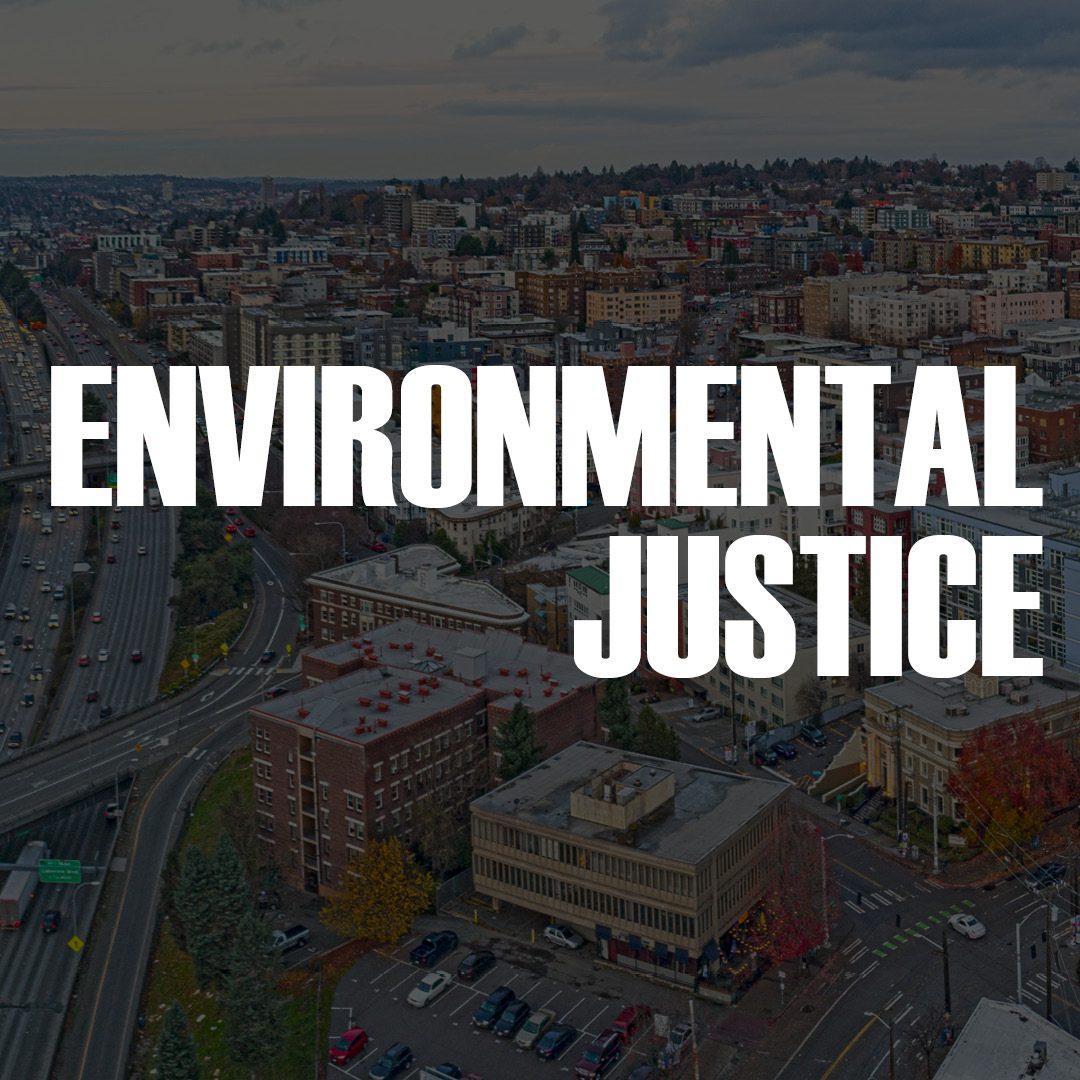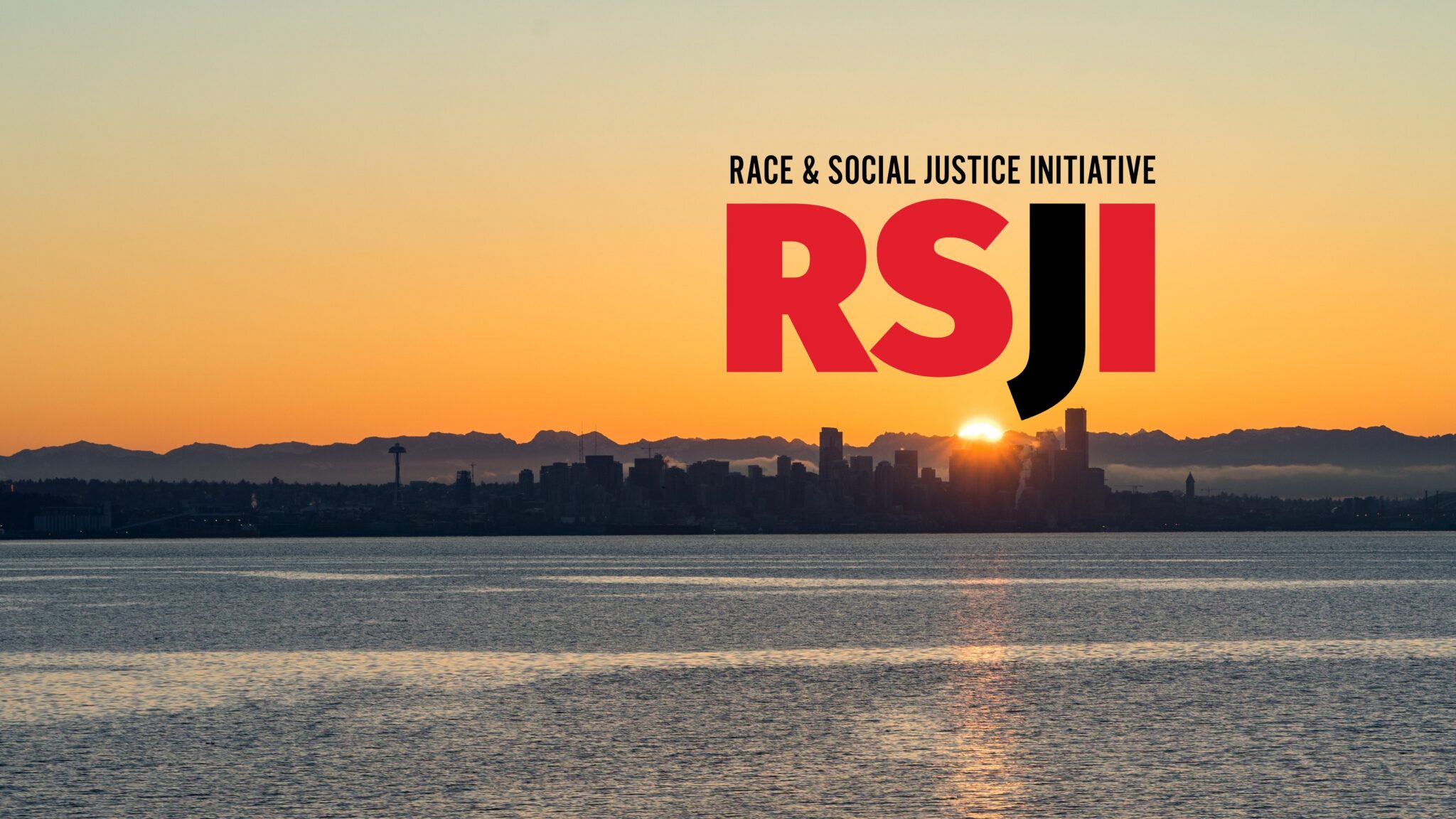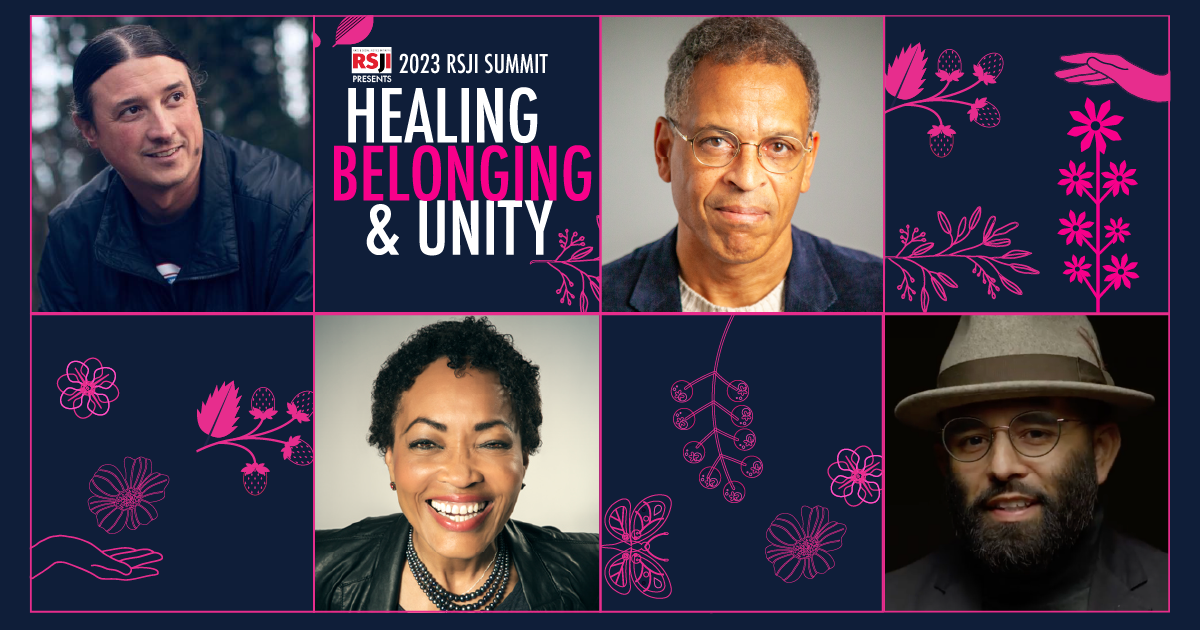
Highways. Industrial zones. Redlining. Restrictive covenants. The history of housing and urban policies have made certain neighborhoods within the Seattle area astronomically more at risk of health disparities during hot summer days. How did we get here, why does it matter, and how do we move forward?
The Pacific Northwest just experienced one of its most devastating heat waves in recorded human history. High temperatures on Monday, June 28, 2021, reached a record 115°F in some areas of Western Washington. Suburban areas of Seattle with large trees and shaded parks found more reprieve from the relentless summer sun than those neighborhoods closest to highways and major roadways, near industrial zones, and away from higher income areas. These heat waves are expected to happen more frequently and regularly, impacting communities of color the most.
Looking at the historical significance of how neighborhoods have been shaped and built, we begin to understand the disparities that exist when it comes to how different areas cope with extreme heat.
Racist Housing Policies Created Climate Inequity
For over 100 years, restrictive covenants, redlining, and other historically racist housing policies have forced BIPOC people to live in areas with a lack of tree canopy and green space, and an overabundance of concrete and asphalt. According to a New York Times article, these urban heat islands can be nearly 20°F hotter than green-covered spaces in wealthier neighborhoods.
Racially restrictive covenants in property deeds included language stating that only people of certain races were allowed to live or build on the property or in the neighborhood. The University of Washington’s Seattle Civil Rights & Labor History Project documented all the covenants, including an interactive map that shows which areas of Seattle these covenants have existed within.
When the Supreme Court ultimately ruled in 1917 that segregation ordinances were unconstitutional, urban planner Harland Bartholomew developed zoning policies for the City of St. Louis where zoning in residential areas could become a legalized form of segregation. Author Richard Rothstein notes in his book The Color of Law that “(a)ccording to Bartholomew, an important goal of St. Louis zoning was to prevent movement into ‘finer residential districts… by colored people.’” Cities all over the United States began to adopt the Bartholomew Plan, including Seattle in 1921. While zoning laws in Seattle have adjusted over time, nearly 70% of Seattle’s land is still exclusively zoned for single-family homes.
A different form of housing discrimination emerged from the mortgage lending industry in the wake of the Great Depression. Redlining, the discriminatory practice where banks would declare certain areas as “high risk” or “hazardous” and deny people of color loans and restrict insurance services, compacted the effects of Seattle’s historically problematic housing laws. It wasn’t until the late 1970s that redlining in Seattle was finally addressed.
These laws and banking practices have had reverberating effects on how Seattle neighborhoods are now experiencing climate change. According to Scientific American, racist housing policies have led to a heavier burden on BIPOC communities, with studies showing that “air pollution and extreme heat are killing inner-city residents at a higher rate than almost all other causes.”
Comparing UW’s Seattle Civil Rights & Labor History Project segregation maps with new heat maps from King County, we can see the correlation between where these communities were relegated and the current impact experienced during extreme climate events.
How Climate Change Impacts Health Outcomes
The health disparities that result from this type of environmental racism are vast: Black, Indigenous, and people of color experience higher occurrences of asthma, high blood pressure, heart conditions, and higher infant mortality rates, as well as greater risk of contracting illnesses linked to poor air and water quality, and living conditions. Long-term exposure to pollutants doesn’t just cause lifelong health problems, but pervasive generational health issues.
People in these areas, especially the elderly and immunocompromised, are also more likely to be impacted by sudden illnesses. Heatstroke and other heat-related illnesses affect people who live in older buildings with poor ventilation and no air conditioning to regulate interior temperature; external temperatures offer no reprieve, as asphalt and concrete exacerbate the sun’s effect.
Understanding Our Past and Moving Towards Justice
Seeking environmental justice means that government – local, state, and federal – must address this through policy and community investment. We must work with communities to create equitable policies where housing is developed and neighborhoods are built. It means that zoning must be viewed through a racial lens – single and multifamily homes must coexist and have equal access to amenities like parks and offer plenty of tree canopy coverage throughout cities.
Exclusionary zoning in affluent and overwhelmingly white areas of Seattle exacerbate this problem by not affording equitable access to neighborhood amenities. “Neighborhood character” is used in public comment as a weapon to further dissuade the building of much needed affordable housing. Allowing people to block equitable access to housing because they have concerns about the type of people who would live there is simply coded language to perpetuate a segregated status quo.
Housing types like accessory dwelling units (ADU) address increasing density within single family zoning, often to the benefit of multigenerational families where adult children or elderly parents can live on the same property as family while significantly reducing cost. Seattle has been steadfastly chipping away at the issue with the Housing Affordability and Livability Agenda (HALA) where the City’s strategies include Mandatory Housing Affordability (MHA), Multi-Family Tax Exemption (MFTE), Incentive Zoning for Affordable Housing, and ADU reform passed in 2019 that encourages more backyard cottages throughout the city of Seattle.
To address the need for more green coverage throughout Seattle, the City’s Trees for Seattle program performed a tree canopy cover study in 2016 which showed that “(c)ensus tracts where the population tends to be residents of color and people with lower than average income also have lower amounts of tree canopy” and where the “presence of trees can reduce urban heat islands (surface temperatures), especially inland, and mitigate extreme heat impacts.” While Seattle has taken significant steps forwards, there’s still opportunity to do more.
Policy to address environmental racism must also demand justice where it has previously done harm by finally investing in communities that have been pushed into highly polluted areas – restoring land, addressing historical displacement, building parks, planting trees, and providing the same opportunities for community investment that are afforded to affluent and white neighborhoods. Racist housing policies resulted in high levels of disinvestment for BIPOC communities, from education to food access to economic opportunity. We can rectify these disparities by centering community driven and led solutions.
Examples of City Initiatives aimed to invest in community led efforts include the Environmental Justice Fund and the Equitable Development Initiative. Both funds are committed to addressing historical displacement and environmental injustices from a ground up approach, ensuring the leadership of those harmed first and worse by climate change.
Climate change will continue to push our temperatures upwards into the triple digits during summer months. Environmental racism is a life and death issue for communities of color. We must act with immediacy when it comes to how we heal from the harms of the past, and how we shape our neighborhoods moving forward.
References and Resources
- Environmental Inequality in Exposures to Airborne Particulate Matter Components in the United States, Michelle L. Bell and Keita Ebasu
- Racial isolation and exposure to airborne particulate matter and ozone in understudied US populations: Environmental justice applications of downscaled numerical model output, Mercedes A. Bravo, Rebecca Anthopolos, Michelle L. Bell, and Marie Lynn Miranda.
- Disparities in Distribution of Particulate Matter Emission Sources by Race and Poverty Status, Ihab Mikati BS, Adam F. Benson MSPH, Thomas J. Luben PhD, MSPH, Jason D. Sacks MPH, and Jennifer Richmond-Bryant PhD
- Environmental Racism Is a Health Issue—How Experts Are Addressing It, Claire Gillespie, Health Magazine
- A ‘Forgotten History’ Of How The U.S. Government Segregated America, Terry Gross, NPR
- Summer in the City Is Hot, but Some Neighborhoods Suffer More, Nadja Popovich and Christopher Flavelle, The New York Times
- Record setting heatwave scorches King County, especially in areas without trees, Jack Russillo, South Seattle Emerald
- New maps of King County, Seattle show how some communities are harder hit by heat waves, Evan Bush, The Seattle Times
- Past Racist “Redlining” Practices Increased Climate Burden on Minority Neighborhoods, Daniel Cusick, Scientific American


